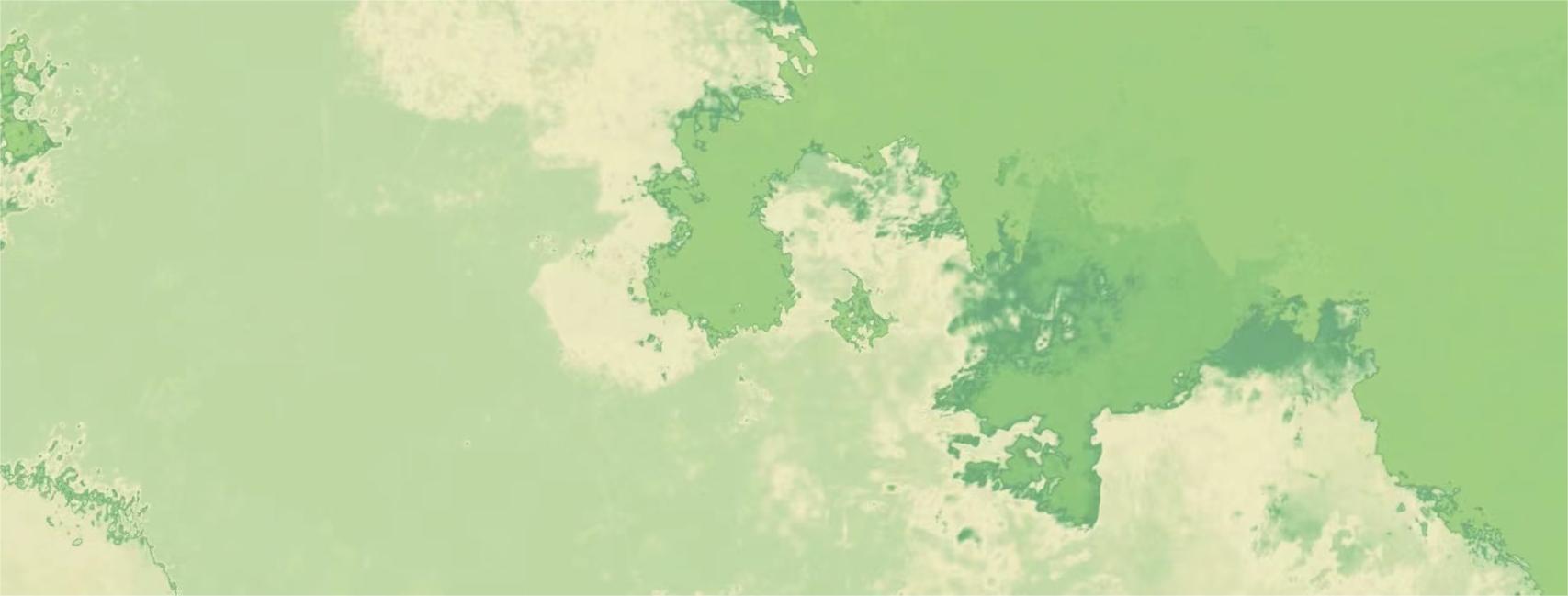Bee is the collective name for social insects of the family Apidae and Apis genus. There are 9 species in the world. They are well-known for their ability to collect flowers and make honey, especially Apis cerana (a subspecies of Apis orientalis) and Apis mellifera (a subspecies of Apis mellifera) are the most common. Let’s take a look at how far bees can smell beeswax!
Definition of bee species
Bees are well-known resource insects. In biological taxonomy, they belong to the kingdom Animalia, phylum Arthropoda, class Insecta, order Hymenoptera, family Apidae, and the genus Apis. There are 9 species of bees in the world, namely Oriental bees and Western bees, small bees, small black bees, large bees, black large bees, Sabah bees, Sulawesi bees and green slave bees, especially the Chinese bees (Apis orientalis subspecies) and Italian bees (Apis mellifera subspecies) are the most common.
Discussion of smell
Bees can smell beeswax 2 to 3 kilometers away. Although bees have no nose, they have a very sensitive sense of smell. Experiments have shown that bees have a higher sense of smell than dogs. Thanks to bees' well-developed pair of antennae, there are a large number of olfactory organs scattered at the front of the antennal whip segments. With the help of olfactory organs, bees can smell the scent of flowers and beeswax can be detected 2 to 3 kilometers away. In the season when nectar sources are scarce, bees can even easily find nectar sources 3 to 5 kilometers away.
Bee luring techniques
Tools: Commonly used tools for luring bees include bee traps, bee trap buckets, bee trap holes, etc. No matter which one is used, beeswax must be applied to the inner wall. The principle is that beeswax has a natural attraction to bees. In addition, in order to attract scout bees, Apply some beeswax near the nest door.
Location: There are five main points for bee luring locations. One is that there must be wild bees nearby, the other is that there must be abundant honey sources nearby, the third is that the environment must be quiet, and the fourth is that there must be few enemies such as wasps. Fifth, it must comply with the nesting habits of bees.
Inspection: Regular or irregular inspections are required when luring bees. Especially on sunny days after a long rain, surprises are most likely to occur. If the queen bee is successfully lured, she must leave the box in time and restore it to its original state to lure more bees. Snakes, insects, rats, ants, etc. must be dealt with promptly after infestation.


